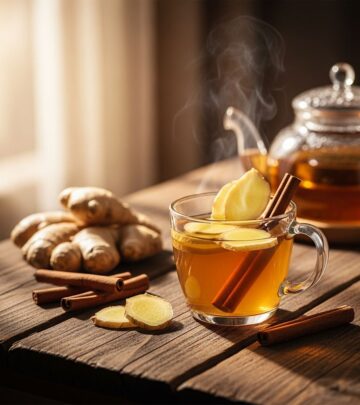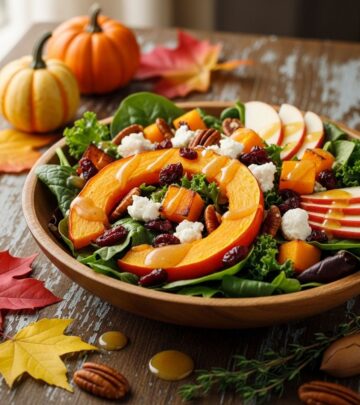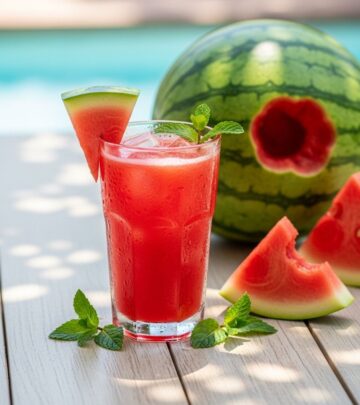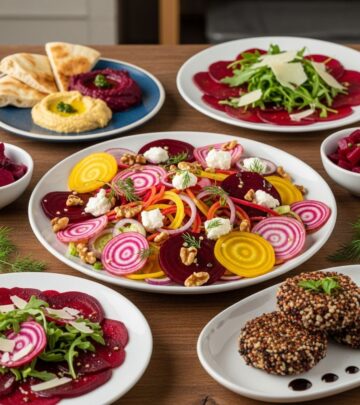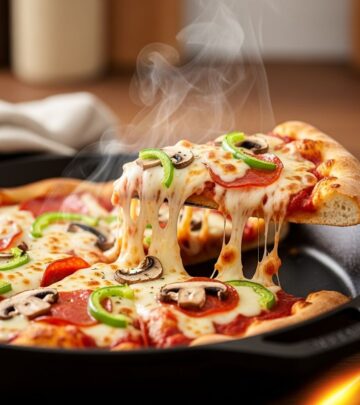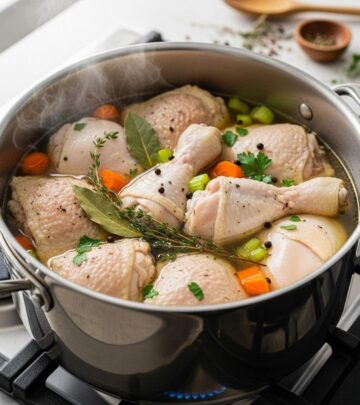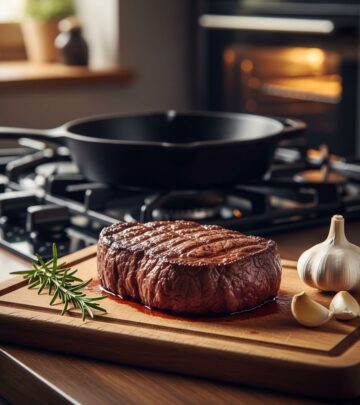Shallots vs. Onions: How to Choose, Cook, and Substitute Like a Pro
Master taste and texture nuances to elevate your cooking with the right bulb choice.
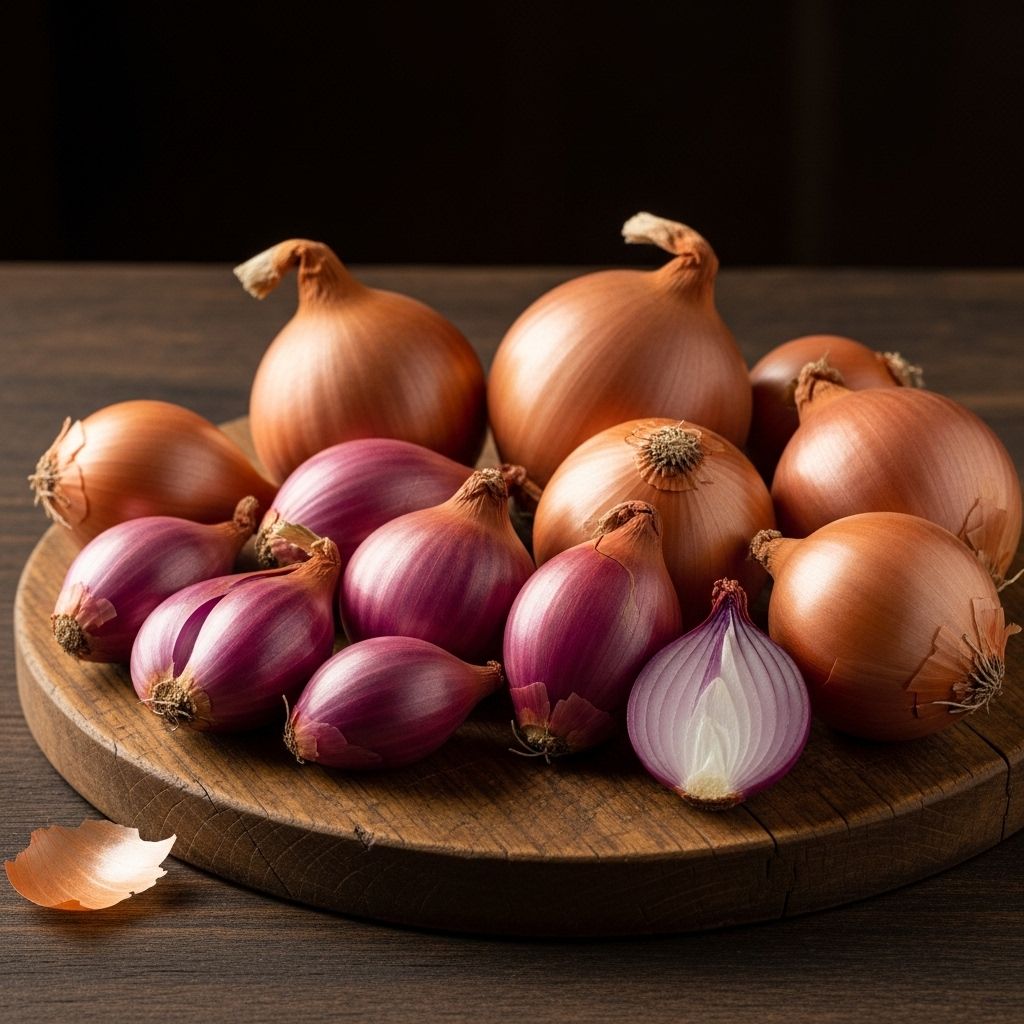
Image: HearthJunction Design Team
Shallots vs. Onions: Understanding the Difference
In the realm of culinary staples, shallots and onions hold a special place. Both are members of the allium family, prized for their ability to add depth, flavor, and aroma to an endless array of dishes. Yet, despite their similarities, these two ingredients have unique characteristics that can transform the outcome of your recipes. Whether you’re a home cook or a professional chef, knowing when and how to use each is an invaluable kitchen skill.
What Are Shallots?
Shallots are small, elongated bulbs, often described as a cross between garlic and onions. Wrapped in a papery, coppery skin, the flesh inside typically separates into several cloves, somewhat similar to garlic. Their flavor is delicate, slightly sweet, and mildly garlicky, lacking the assertive pungency that characterizes many onions.
- Smaller and milder than most onions
- Subtly sweet, with a hint of garlic
- Often used raw in dressings, or as a finishing garnish
- Common in French, Thai, and Southeast Asian cuisines
What Are Onions?
Onions are one of the most widely used vegetables worldwide. There are many varieties — yellow, white, red, and sweet onions — each with its own flavor profile, but all share a pronounced pungency when raw and a rich, savory sweetness when cooked.
- Varieties include yellow, white, red, and sweet onions
- Strong pungency when raw
- Develop sweetness with cooking
- Extremely versatile in global cuisines
Flavor and Texture: Shallots vs. Onions
The primary difference between shallots and onions lies in their flavor and texture, which can dramatically affect the final taste of a dish.
| Feature | Shallots | Onions |
|---|---|---|
| Flavor | Delicate, mild, slightly sweet with a hint of garlic | Stronger, more pungent and sulfurous (raw); sweetens as it cooks |
| Texture (raw) | Crisp, but tender and less biting; easily minced | Snappy and juicy, with a more pronounced burn |
| Texture (cooked) | Turns soft, jammy, and melts into sauces without dominating | Can retain structure or cook down to jammy sweetness, depending on prep |
Appearance and Structure
Though both belong to the allium family, their appearance is easy to distinguish once you know what to look for:
- Shallots: Smaller, elongated or teardrop-shaped, with thin coppery skin and internal cloves
- Onions: Larger spheres or globes (though small varieties exist), with white, yellow, red, or purple skin and concentric rings inside
Best Uses in Cooking
When to Use Shallots
Chefs love shallots for their ability to introduce a nuanced, almost elegant flavor without overpowering a dish. Here are some of their best uses:
- Raw in salad dressings and vinaigrettes: Their mildness brings flavor without the harsh bite of raw onion.
- Finely minced as a garnish: Especially atop meats, roasted vegetables, or in relishes
- Fried or caramelized: Adds sweetness and crunch to Southeast Asian dishes, salads, or burgers.
- French and Thai recipes: Classic in beurre blanc, pan sauces, and certain curries.
- Delicate sauces: Where a strong onion flavor would overwhelm
When to Use Onions
Onions are the workhorse of the allium world, offering punch, sweetness, and foundational flavor. They shine in:
- Soups and stews: Build the flavor base for chilis, broths, and bisques.
- Sautéed in butter or oil: Serve as the backbone for countless dishes, from pierogies to stir-fries
- Caramelized: Feature prominently in classics like French onion soup or as a topping for burgers and pizzas
- Raw in salsas, salads, or sandwiches: Especially red and white onions for their texture and bite
- Pickled: Adds tang and brightness to tacos, grain bowls, and salads
Nutrition: Shallots vs. Onions
Both shallots and onions are low in calories and rich in vitamins, minerals, and antioxidants. Their contribution to a healthy diet is similar, but there are subtle differences worth noting.
- Vitamins: Both contain vitamin C, B6, and folate
- Minerals: Both are good sources of potassium and manganese
- Antioxidants: Shallots tend to have higher concentrations of certain antioxidant compounds due to their purple and red pigments
- Calories: Both are very low in calories (about 20–40 calories per 100 grams)
Cost and Availability
- Onions: Ubiquitous, inexpensive, and sold in bulk at nearly every grocery store and market worldwide.
- Shallots: More expensive per pound and sometimes sold in smaller quantities. The higher cost can add up for dishes requiring large volumes, which is why chefs reserve them for recipes where their special flavor shines.
How to Prepare and Store Shallots and Onions
Prepping Shallots
- Remove the papery skin, separate cloves if necessary
- Mince finely for salads, vinaigrettes, or sauces
- Slice thinly for frying or caramelizing
- Chop coarsely for roasting
Prepping Onions
- Peel off outer skin layers
- Cut into rings, slices, or dice as needed
- Soak sliced onions in ice water to mellow pungency (for raw use like salads)
Storage Tips
- Store whole shallots and onions in a cool, dark, well-ventilated spot (not the fridge)
- Once cut, wrap tightly and refrigerate, using within a few days to preserve freshness
- Avoid storing near potatoes, as they can cause faster spoilage
Can You Substitute Shallots for Onions?
Substituting one for the other works in many cases, but results vary depending on the application. Here’s what to consider:
- Shallots for onions: Use when you want a milder, sweeter note (e.g., salad dressings, delicate sauces). Increase the amount to match the bulk of an onion, as shallots are much smaller.
- Onions for shallots: Use when cooking and a more assertive onion flavor won’t overpower the dish (e.g., soups, sautés). Note that raw onions can be much harsher, so use less in uncooked dishes unless you tame their bite (with ice water or vinegar).
General substitution guideline:
- 1 small onion ≈ 2–3 shallots
- Adjust for flavor intensity: more shallots for sweetness, fewer onions for punch
Shallots vs. Onions: Which Should You Choose?
Your choice depends on the dish, your desired flavor, and even your budget. Shallots add refinement and subtlety, while onions lend structure, volume, and the classic allium punch. Consider these factors when deciding:
- Traditional recipes: Use the allium called for; certain cuisines hinge on the specific choice (e.g., shallots in French sauces, onions in Mexican salsas).
- Delicate dishes: Shallots are best in vinaigrettes, fine sauces, and as a gentle aromatic.
- Bulk cooking: Onions are economical and bold, ideal for soups, stews, and roasted dishes.
Popular Recipes Featuring Shallots and Onions
Shallot-Centric Dishes
- Classic French beurre blanc
- Thai larb or mie goreng with fried shallot garnish
- Vinaigrettes and salad dressings
- Pan sauces for steak, chicken, or fish
- Caramelized shallot relish
Onion-Centric Dishes
- French onion soup
- Pierogies with sautéed onions
- Classic salsas and pico de gallo
- Pickled onions for tacos and salads
- Caramelized onions on burgers or pizzas
FAQs About Shallots and Onions
Are shallots just small onions?
No. While they’re related, shallots and onions have distinct flavors and internal structures. Shallots are milder and grow in clusters, similar to garlic, while onions form a single large bulb.
What makes shallots more expensive than onions?
Shallots are typically grown in smaller quantities, are more labor-intensive to harvest, and yield less by weight, making them pricier in stores.
Can you eat shallots raw?
Absolutely. Their mildness makes them ideal for raw applications like dressings and garnishes, where onions might be too overpowering.
Is it possible to substitute onions for shallots in any recipe?
In cooked dishes, yes, though the flavor will be stronger. In raw applications, use less onion, soak in water or pickle briefly to mellow the taste.
How do I prevent tears when cutting shallots or onions?
Chill the bulbs before cutting, use a sharp knife, and work in a well-ventilated space. The sulfur compounds released when cutting are what trigger tears.
Final Thoughts
Both shallots and onions are kitchen essentials, each bringing their own character and culinary advantages. Shallots offer subtlety, sweetness, and sophistication, especially in raw or quickly-cooked preparations. Onions bring heft, assertiveness, and economic value, anchoring countless classic dishes. Knowing when and how to use (or substitute) one for the other will result in more balanced, flavorful meals every time.
References
- https://www.simplyrecipes.com/shallots-vs-onions-8413353
- https://www.seriouseats.com/shallots-vs-onions-8750666
- https://www.youtube.com/watch?v=FfJKZOwu7Dc
- https://www.eatingwell.com/article/8034770/shallots-vs-onions-whats-the-difference/
- https://www.bhg.com/what-is-the-difference-between-an-onion-and-a-shallot-8384100
Read full bio of medha deb

